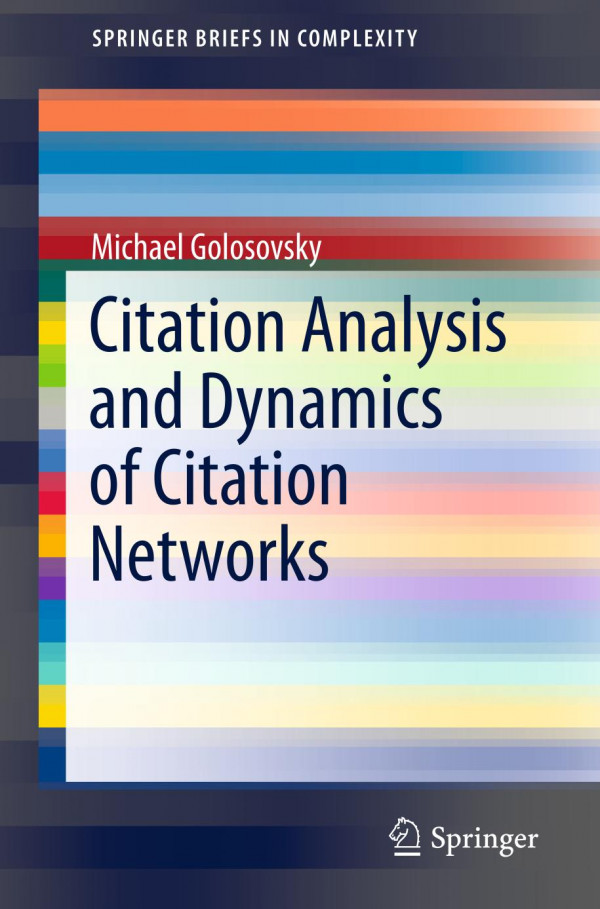

Most ebook files are in PDF format, so you can easily read them using various software such as Foxit Reader or directly on the Google Chrome browser.
Some ebook files are released by publishers in other formats such as .awz, .mobi, .epub, .fb2, etc. You may need to install specific software to read these formats on mobile/PC, such as Calibre.
Please read the tutorial at this link: https://ebookbell.com/faq
We offer FREE conversion to the popular formats you request; however, this may take some time. Therefore, right after payment, please email us, and we will try to provide the service as quickly as possible.
For some exceptional file formats or broken links (if any), please refrain from opening any disputes. Instead, email us first, and we will try to assist within a maximum of 6 hours.
EbookBell Team

5.0
68 reviewsThis book deals with the science of science by applying network science methods to citation networks and uniquely presents a physics-inspired model of citation dynamics. This stochastic model of citation dynamics is based on a well-known copying or recursive search mechanism. The measurements covered in this text yield parameters of the model and reveal that citation dynamics of scientific papers is not linear, as was previously assumed. This nonlinearity has far-reaching consequences including non-stationary citation distributions, diverging citation trajectories of similar papers, and runaways or "immortal papers" with an infinite citation lifespan. The author shows us that nonlinear stochastic models of citation dynamics can be the basis for a quantitative probabilistic prediction of citation dynamics of individual papers and of the overall journal impact factor. This book appeals to students and researchers from differing subject areas working in network science and bibliometrics.